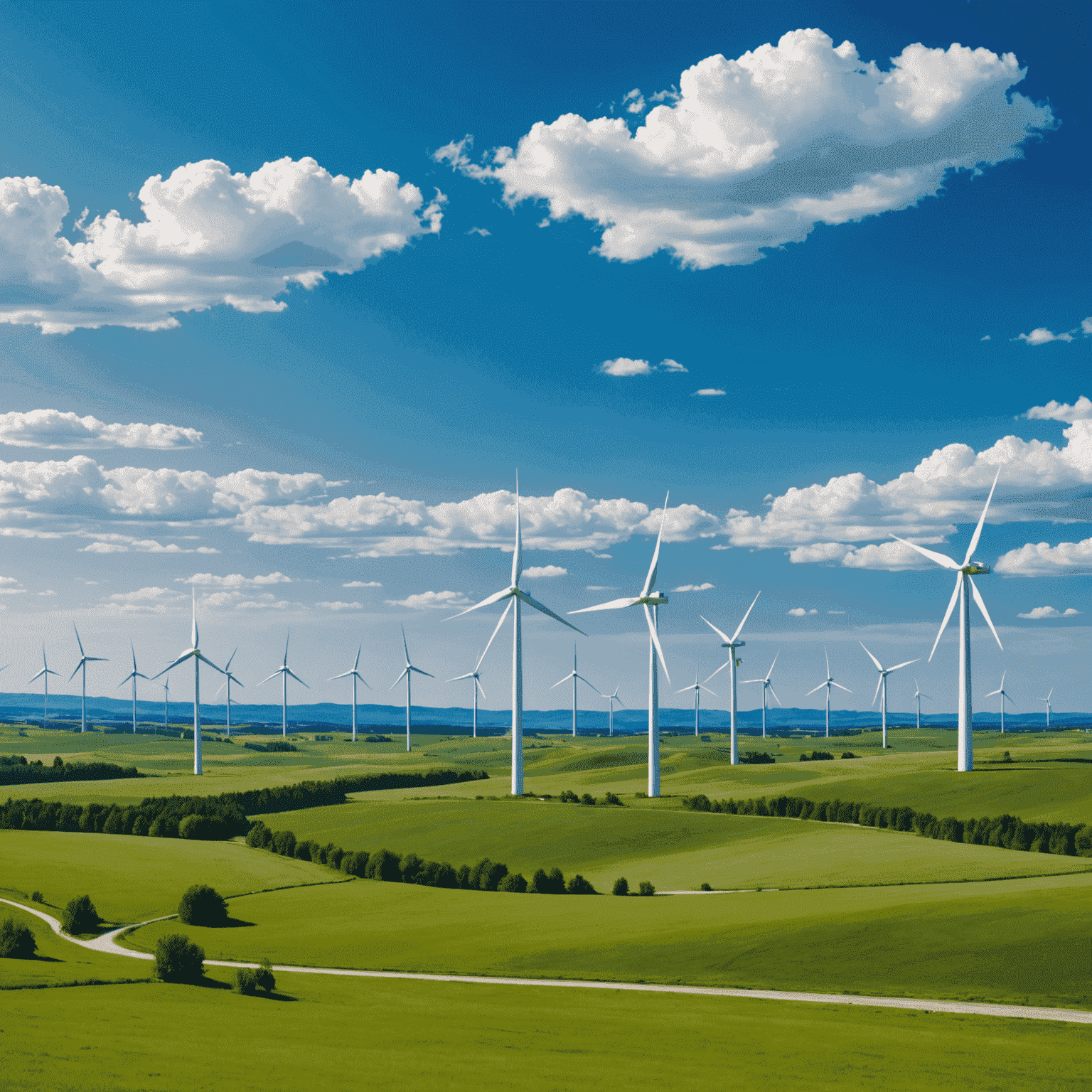Wind Energy Developments in Canada

Canada is making significant strides in expanding its wind energy capacity, with recent projects and government support playing crucial roles in the country's transition to cleaner energy sources.
Recent Wind Energy Projects
Alberta's Windrise Wind Farm
The Windrise Wind Farm, located in southern Alberta, commenced operations in 2021. With a capacity of 207 MW, it's capable of powering approximately 100,000 homes annually, showcasing the potential of wind energy in the province.
Whitla Wind Farm Expansion
The Whitla Wind Farm in southeastern Alberta completed its expansion in 2021, adding 54 turbines to reach a total capacity of 353 MW. This project demonstrates the scalability of wind energy installations.
Government Support for Wind Power
Federal Initiatives
- The Canadian Renewable and Conservation Expenses (CRCE) program offers tax incentives for companies investing in wind energy projects.
- The Smart Renewables and Electrification Pathways Program (SREPs) provides funding for clean energy projects, including wind power initiatives.
- The government has set a target of achieving net-zero electricity emissions by 2035, driving further investment in wind energy.
Provincial Support
Many provinces have implemented their own support mechanisms for wind energy:
- Ontario's Large Renewable Procurement (LRP) program has facilitated the development of several wind projects.
- Quebec's wind energy strategy aims to increase wind power capacity significantly by 2030.
- Nova Scotia has introduced a green choice program allowing large electricity customers to purchase renewable energy directly from producers.
The Green Tariff and Wind Energy
The concept of a "green tariff" has gained traction in Canada as a means to support renewable energy development. While not uniformly implemented across the country, several provinces have introduced variations of this policy:
- In Ontario, the former Feed-in Tariff (FIT) program provided long-term guaranteed pricing for renewable energy producers, including wind farms.
- Alberta's Renewable Electricity Program (REP) used a competitive bidding process to secure low-cost renewable electricity, benefiting wind energy projects.
- British Columbia's Standing Offer Program, although currently under review, has provided support for small-scale renewable projects, including wind energy.
These initiatives demonstrate Canada's commitment to fostering a supportive environment for wind energy development, aligning with the country's broader goals of reducing greenhouse gas emissions and promoting sustainable energy sources.
Looking Ahead
As Canada continues to prioritize clean energy solutions, wind power is poised to play an increasingly significant role in the country's energy mix. With ongoing government support, technological advancements, and growing public awareness of the benefits of renewable energy, the future of wind energy in Canada looks promising.